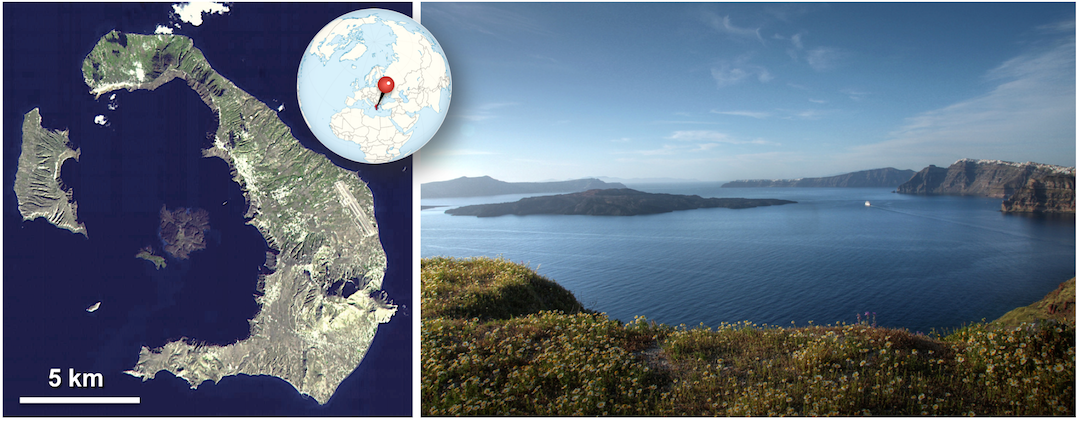11.1 What Is A Volcano?
Volcanoes Are Where Magma Emerges
A volcano is a location where molten rock flows out, or erupts, onto Earth’s surface as lava. Volcanic eruptions can happen on land or underwater. Some volcanic eruptions flow from mountains (such as Mount Garibaldi in Figure 11.1), but others do not. Fissure eruptions (Figure 11.3) are volcanic eruptions flowing from long cracks in the Earth.

Volcano Anatomy
The main parts of a volcano are shown in Figure 11.4. When volcanoes erupt, magma moves upward from a magma chamber and into a vent or conduit. It flows out from a crater at the top, or sometimes emerges at a secondary site on the side of the volcano resulting in a flank eruption. Erupted materials accumulate around the vent forming a volcanic mountain. The accumulated material might consist of layers of solidified lava, called lava flows, but it might also include fragments of various sizes that have been thrown from the volcano.

Crater or Caldera?
A crater is the basin above a volcano’s vent. Craters have diameters on the scale of 10s to 100s of metres. A caldera is a bowl-shaped structure that resembles a crater, but it’s much larger (km in scale) and forms when a volcano collapses in on itself. The process is illustrated in Figure 11.5, going from left to right. It begins when an eruption occurs, and the magma chamber beneath the volcano is drained. If a significant part of a volcano’s mass is supported by magma within the chamber, then depleting the magma also reduces the support for the volcano.

The loss of support causes part of the volcano to collapse into the void in the magma chamber, leaving behind a broad basin rimmed by the remnants of the volcano. Over time, the basin can fill with water. If there is still activity within the magma chamber, magma may force its way upward again, causing the floor of the caldera to be lifted, or erupting to form a new volcano within the caldera.
The island of Santorini (Figure 11.6) is an example of a caldera. The island itself is the rim of the caldera, and the bay is the flooded basin. The two small islands in the middle of the bay formed from magma refilling the chamber that feeds the volcano, as in the far right of Figure 11.5. The caldera formed after an enormous eruption between 1627 and 1600 BCE[1]. The eruption is thought to have contributed to the downfall of the Minoan civilization, and some speculate that it might also be the source of the myth of Atlantis, a story about a lost continent that sank beneath the sea after a natural disaster.

- Friedrich, W. L., Kromer, B., Friedrich, M., Heinemeier, J., Pfeiffer, T., & Talamo, S. (2006). Santorini Eruption Radiocarbon Dated 1627-1600 B.C. Science (312)5773, 548. doi: 10.1126/science.1125087 ↵

